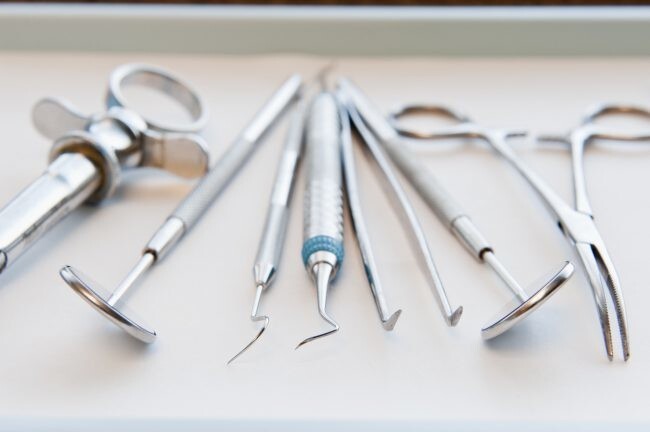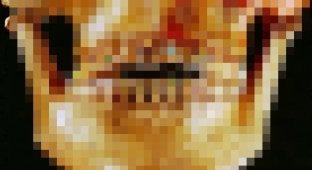What are “Waterloo teeth”, or How the Battle of 1815 influenced the development of dentistry (10 photos)
A dental clinic these days is not a cheap place, but it is accessible to everyone. Today, dentists use modern equipment and innovative technologies to treat and restore teeth. But a couple of centuries ago, everything was not so good and dentists used strange and even scary techniques for modern people. 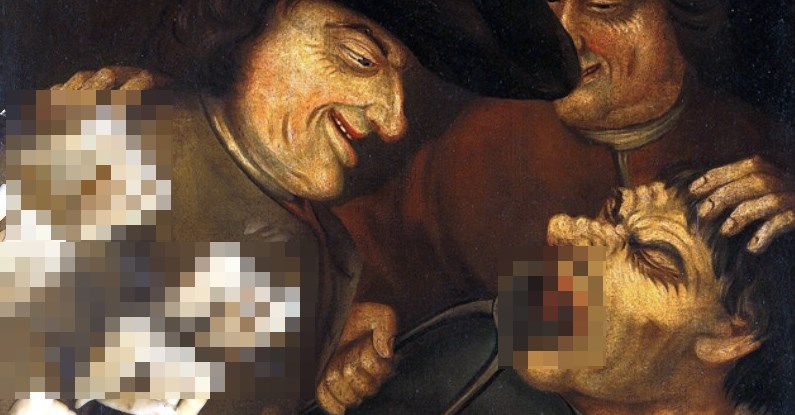

The history of dentistry is inextricably linked with the advent of sugar. This product first appeared in Europe in the 15th century and was affordable only for a select few. Sugar was equated with exotic spices and kings could afford it, and then in very modest doses. Black teeth eaten away by caries were a sign of a rich man who could afford sweets. 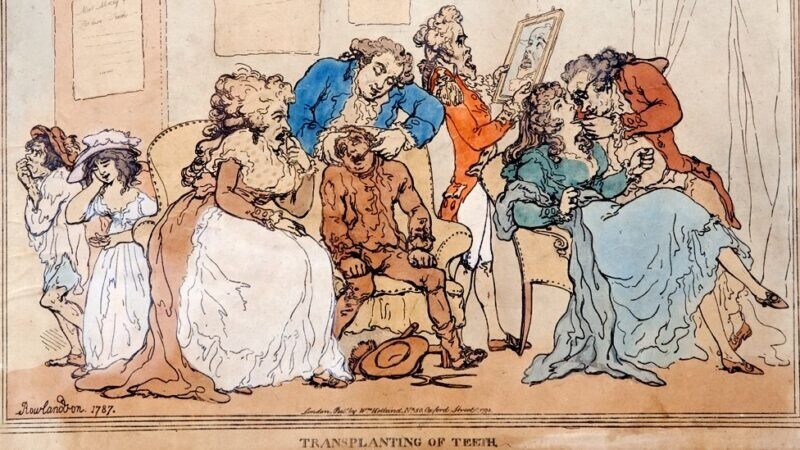
But very soon sugar became available to many, and the fashion for bad teeth passed away. Dentists are faced with a serious problem - how to return the pristine whiteness of teeth to lovers of sweets and cakes. This task was impossible for many centuries, since they did not know how to fill teeth, and all treatment was limited to their removal if the pain became unbearable.
After “treatment” of their teeth, many rich people by the age of 40-50 were left with bare gums and needed prosthetics. But a couple of hundred years ago, dental restoration, although incredibly expensive, was carried out using the most primitive methods. There was no talk of any implants or extensions, and ordinary false jaws were in use. 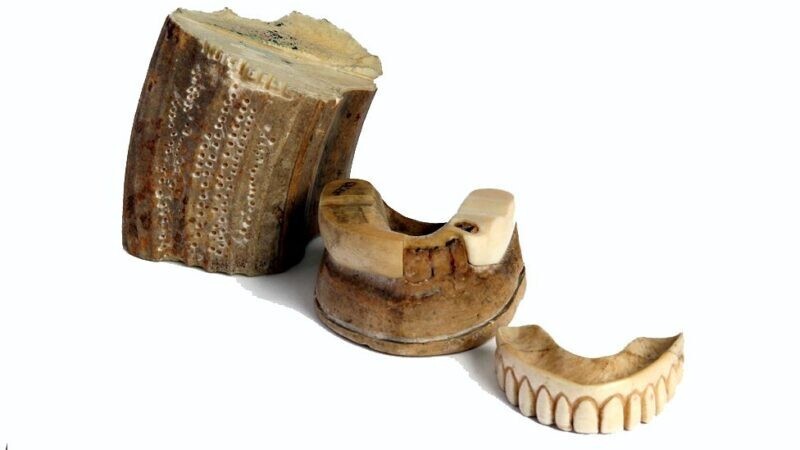
Ivory dentures
It’s worth saying right away that ancient products had nothing in common with modern prosthetics. These were primitive and eerie ivory crafts that resembled a box in appearance and caused a lot of inconvenience to their owners. But even such false jaws could be afforded by a select few. 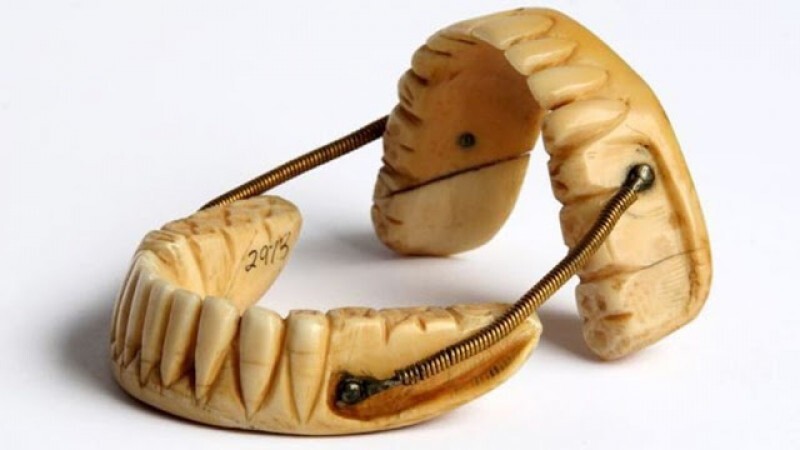
High-tech prosthesis of the 18th century
Ivory is an expensive material, but not very resistant to abrasion, so the dentures had to be replaced frequently. Dental technicians soon realized that they could not find a better material for false teeth than real teeth created by nature. From that moment on, the hunt for human teeth began in Europe. 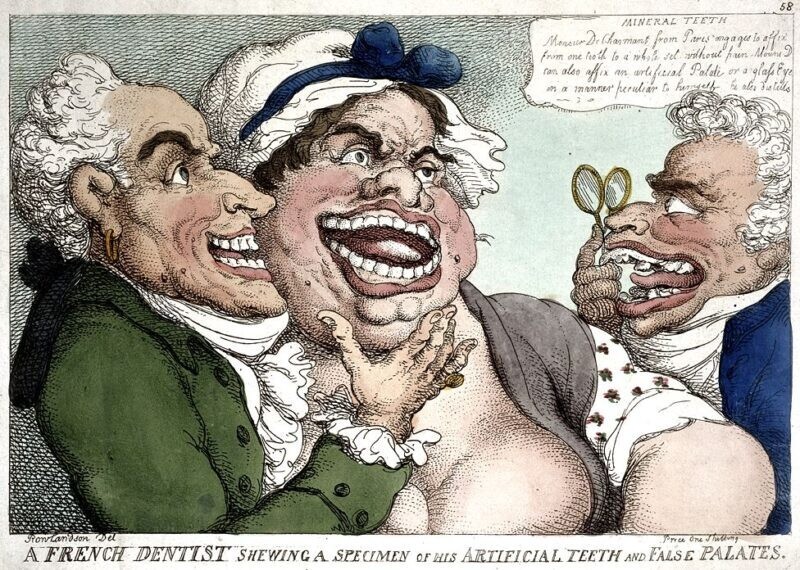
Vintage cartoon of dentists hunting for other people's teeth
In the 18th and 19th centuries, teeth were a very popular commodity - dentists bought them from the poor, simply pulling them out, and in addition they hunted for the teeth of the dead and executed, bribing doctors and city executioners. Real teeth inserted into an artificial jaw looked more or less natural and lasted longer than bone teeth.
But they weren't perfect either. It was quite difficult to select teeth in size and color, so most of the dentures looked very strange. In addition, such prosthetics have become a source of spread of infectious diseases. The master was not too interested in the state of health of the “donor,” especially if it was a corpse, and from someone else’s teeth one could catch anything, from syphilis to the plague. 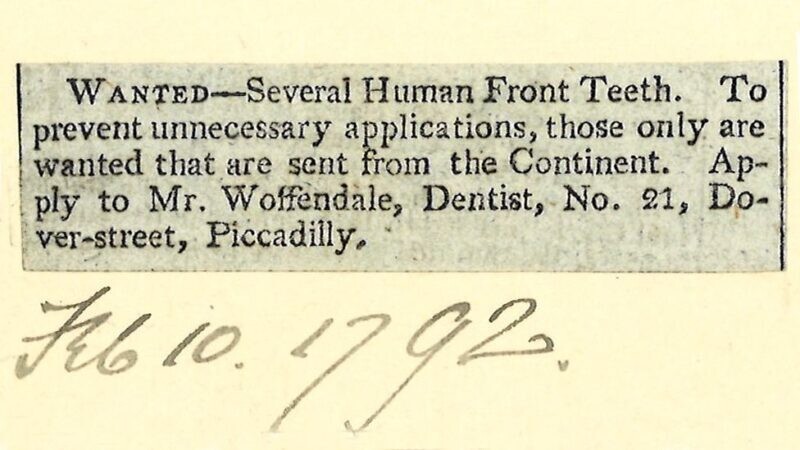
Advertisement for the purchase of teeth. England. 1792
In 1815, near the small Belgian village of Waterloo, 15 km from Brussels, a grand battle took place that decided the fate of Europe. In it, the army of Napoleon Bonaparte suffered a final and crushing defeat from the army of the Seventh Coalition of European monarchs, and the emperor himself fled to Paris and was soon captured.
The exact figures for the losses of the army of Napoleon and the allies are unknown, but different sources give figures from 20 to 30 thousand killed. In those days, only the bodies of military leaders and some officers could be sent home and buried with honors. The bulk of those killed remained lying on the battlefield for a long time, and then were buried in huge mass graves. 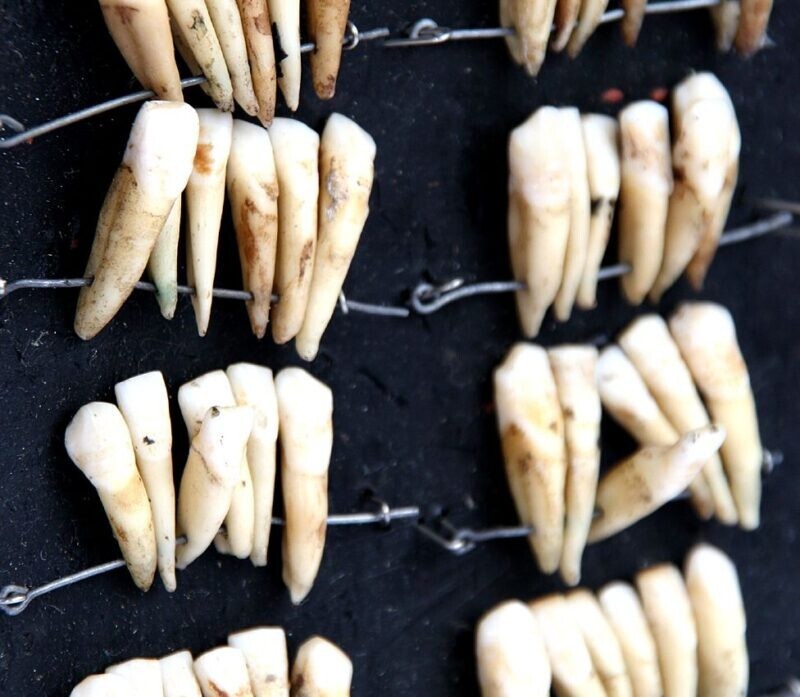
"Waterloo teeth" were sold in bundles on the dental market
The first dentists with pliers appeared at Waterloo shortly after the last cannon fire had died down. They walked among the dead bodies and carefully looked for young boys among the dead in order to remove their teeth. It wasn't too difficultdacha, since the soldiers, both Napoleonic and allied, were recruited from the common people, who were not familiar with excesses and rarely indulged themselves in sweets. Thus, the dentist could assemble a complete denture from one person’s teeth, perfectly matching each other in color and size. The so-called “Waterloo teeth” became a hot commodity, flooded the medical market in Europe and even found their way overseas, to the USA and the colonies. 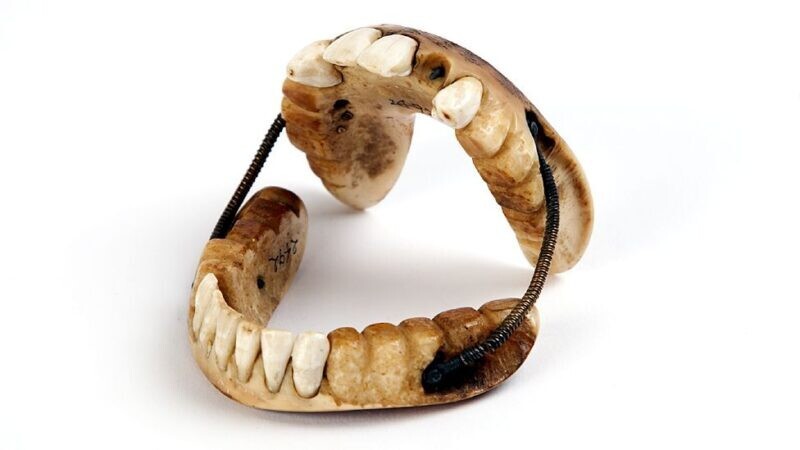
This prosthesis looked quite natural
But soon the teeth of the dead ran out and prices for false jaws again reached cosmic heights. Dentists' clients, knowing about the existence of prostheses made from “Waterloo teeth”, which became the standard of aesthetics and quality, no longer wanted “assorted teeth” from different people. The demand for high-quality false teeth gave impetus to the development of dental prosthetics.
15 years after the Battle of Waterloo, jeweler and part-time dentist Claudius Ashe created the first ceramic jaw. The ceramic teeth were snow-white, very resistant to wear, and most importantly, safe from the point of view of infections. The teeth of the dead gradually became archaic and soon the demand for them completely disappeared. 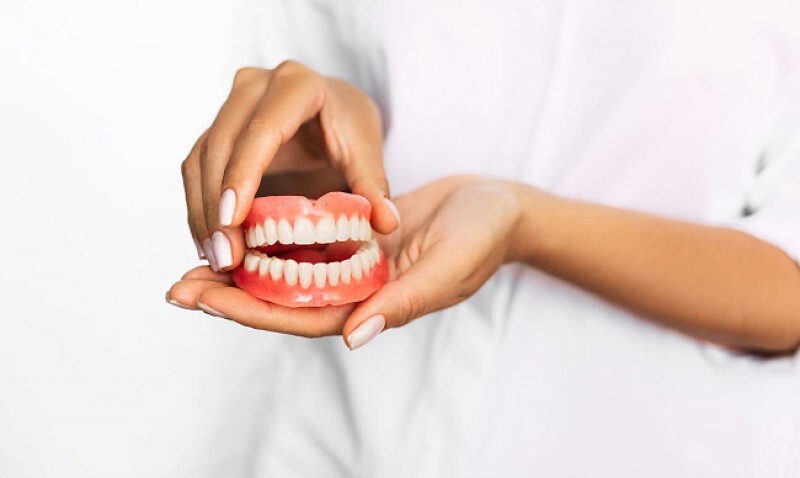
In 1844, another breakthrough in dental prosthetics occurred. The Americans invented vulcanized rubber, which they began to use to realistically imitate gums. Further progress in prosthetics developed rapidly and today we all know very well that good false teeth cannot be distinguished from real ones in appearance. And modern treatment of caries makes it possible to preserve the patient’s own teeth, which a hundred years ago were doomed to be removed. 